Optimizing site speed has evolved from a developer nicety to a requirement for SEO and business. Search engines, led by Google, reward pages that load quickly and deliver a smooth, stable experience.
But which tool should you rely on to measure and improve those critical metrics: Google PageSpeed Insights (PSI) or GTmetrix? In this deep-dive guide, we compare Google PageSpeed Insights vs GTmetrix for Core Web Vitals optimization, explain what each does best, and give actionable steps you can implement right away.
What are Core Web Vitals, and why do they matter
Core Web Vitals are a set of user-centric performance metrics defined by Google to quantify page experience. The three original, most-talked-about metrics are:
- Largest Contentful Paint (LCP) measures loading performance. LCP marks when the largest visible element (image, video poster, block-level text) is painted. Aim for 2.5 seconds or less for good user experience.
- First Input Delay (FID) measures interactivity by timing the delay between a user’s first interaction (click or tap) and the browser’s ability to respond. Aim for 100 ms or less.
- Cumulative Layout Shift (CLS) measures visual stability by tracking unexpected layout shifts. Lower is better, with a goal of 0.1 or less.
Why Google cares: these metrics reflect real user experience. Faster, more responsive, and stable pages keep people engaged, reduce bounce rates, and increase conversions. Google has explicitly incorporated page experience into ranking signals, so poor Core Web Vitals can lower visibility and traffic.
Real-world impact: Slow LCP often causes users to abandon pages; high CLS can lead to users clicking the wrong button, increasing frustration and lowering conversions; poor FID results in perceived sluggishness, especially on interactive pages like forms or carts.
Small timing differences, even fractions of a second, translate to measurable revenue changes for e-commerce and lead-generation sites.
Also Read: How to Perform a Comprehensive SEO Audit: A Step-by-Step Guide
Google PageSpeed Insights Overview, Strengths and Limitations
What it is: Google PageSpeed Insights (PSI) is a free tool from Google that runs a combination of lab tests (Lighthouse) and surfaces field data (real-user metrics from the Chrome User Experience Report) to score a page and highlight improvements.
How PSI measures Core Web Vitals:
- Field data (Real User Metrics): When available, PSI shows Core Web Vitals derived from the Chrome UX Report (CrUX), reflecting real visitor experiences aggregated over time.
- Lab data (Lighthouse): Simulates a load in a controlled environment and reports LCP, TTFB, CLS, and other Lighthouse metrics, plus optimization opportunities and diagnostics.
- Integration with Google ecosystem: PSI results integrate strongly with Search Console, Lighthouse reports, and CrUX, making it directly relevant for SEO teams tracking page experience in Google Search.
Strengths
- SEO relevance: Because it uses Google’s data sources, it is the authoritative signal for Google-centric ranking guidance.
- Field data availability: Provides real-user insights if CrUX has enough data for that origin or page.
- Actionable Lighthouse diagnostics: Automated suggestions mapped to Lighthouse audits and lab screenshots.
- Free and easy to access: No signup required for basic testing.
Weaknesses
- Score variance: Lab results may vary depending on location, throttling, or testing time.
- Limited technical traces: PSI highlights problems and points to generic fixes, but it does not always provide deep technical traces, such as per-request waterfall details or server-level diagnostics.
- Sampling limits: For low-traffic or new pages, field data may be absent, leaving only lab-based insights.
Also Read: How to Get 100% WordPress Optimization with Litespeed Cache Plugin
GTmetrix Overview, Strengths and Limitations
What it is: GTmetrix is a third-party web performance tool that combines Lighthouse metrics with proprietary analysis and advanced technical insights, including waterfalls, request breakdowns, historical monitoring, and more. It is designed for developers and site owners who want granular diagnostics.
How GTmetrix evaluates sites:
- Lighthouse-backed metrics: Modern GTmetrix versions include Lighthouse-based measures such as LCP, FID, and CLS.
- Waterfall charts and per-request info: Provides detailed timing for every resource, including DNS, connect, TLS, TTFB, and content download.
- Server and CDN analysis: Shows server response times, cache headers, and potential CDN misconfigurations.
- Monitoring and comparison tools: Supports scheduled tests, alerts, and comparison testing between runs or configurations, including desktop, mobile, and regional testing.
Strengths
- Technical depth: Detailed waterfalls, resource timings, and per-resource recommendations are ideal for debugging.
- Flexible configurations: Test from different locations, devices, and connection speeds depending on the plan.
- Monitoring features: Recurring tests, alerts, and historical trend charts are useful for ongoing performance monitoring.
- Visual reports: Filmstrip views and video captures of page loads to see perceived load progression.
Weaknesses
- Less direct SEO signaling: Metrics are based on Lighthouse, but GTmetrix does not directly integrate with CrUX or Google Search Console.
- Feature limits on free plan: Advanced testing, multiple locations, and frequent monitoring require paid plans.
- Learning curve for non-technical users: Interpreting waterfalls and timing breakdowns requires experience.
Also Read: Top 10 Speed Optimization WordPress Plugins
Head-to-Head Comparison: Google PageSpeed Insights vs GTmetrix
| Dimension | Google PageSpeed Insights (PSI) | GTmetrix |
| Core Web Vitals accuracy | Strong for surface-level CWV metrics; shows field and lab data | Strong lab accuracy; detailed traces explain why metrics occur |
| SEO relevance | High integrates with CrUX and Search Console; directly signals to Google | Moderate provides Lighthouse metrics but not CrUX integration |
| Technical depth | Good Lighthouse diagnostics but limited per-request traces | Excellent waterfalls, request timings, server headers, video capture |
| Ease of use | Simple UI with clear scores and recommendations | More technical UI; best for developers and technical SEOs |
| Reporting & monitoring | Basic historical tracking through Search Console; limited scheduled testing | Advanced monitoring, alerts, scheduled tests; better in paid tiers |
| Free vs premium | Fully free for core features | Free tier useful; paid plans unlock more locations, tests, and monitoring |
| Best for | SEO teams and site owners tracking search impact | Developers and performance engineers fixing bottlenecks |
Examples:
- To understand how Google sees your page, PSI is essential.
- To trace a specific slow resource, such as a large image or third-party script, GTmetrix provides detailed waterfalls and request timing.
Which Tool Should You Use for Core Web Vitals Optimization
The ideal approach depends on your role and goals:
- Website owners or SEO-focused teams: Use Google PageSpeed Insights to check Core Web Vitals from Google’s perspective and address SEO-focused issues.
- Developers or performance engineers: Use GTmetrix to dig into technical root causes such as resource bottlenecks and server performance.
- Recommended workflow: Run PSI for field relevance and Lighthouse audits, then run GTmetrix for a detailed technical investigation. Repeat tests after changes and monitor trends.
Practical Optimization Tips Based on Both Tools
1. Optimize Images and Media
- Action: Serve appropriate sizes, use modern formats (AVIF/WebP), lazy-load offscreen images, and deliver responsive images.
- PSI: Flags large or uncompressed images.
- GTmetrix: Shows image size, bytes saved, and impact on waterfall.
2. Reduce Unused JavaScript and CSS
- Action: Remove or defer non-critical scripts, split code, and use tree-shaking.
- PSI: Flags long main-thread tasks.
- GTmetrix: Shows blocking scripts in the waterfall.
3. Improve Server Response Time
- Action: Implement caching, optimize backend queries, and use a CDN.
- PSI: Flags slow server responses.
- GTmetrix: Displays TTFB per request.
4. Preload Critical Resources
- Action: Preload fonts and hero images, inline critical CSS, defer non-essential scripts.
- PSI: Recommends preloading the largest contentful resources.
- GTmetrix: Highlights render-blocking chains.
5. Reduce Layout Shifts (CLS)
- Action: Reserve space for images/iframes, preload fonts properly, and avoid inserting content above existing content.
- PSI: Reports CLS and problematic elements.
- GTmetrix: Visual filmstrip shows layout shifts.
6. Improve Interactivity (FID)
- Action: Break up heavy JS, use web workers, minimize third-party scripts.
- PSI: Flags long main-thread tasks.
- GTmetrix: Identifies scripts causing long tasks.
Also Read: How do you optimize a Website for AEO?
Frequently Asked Questions
Q1: What is the main difference between Google PageSpeed Insights and GTmetrix?
PSI focuses on SEO and real-user metrics, showing how Google evaluates page experience. GTmetrix provides detailed technical analysis, including waterfalls, server timing, and per-resource diagnostics.
Q2: Which tool is better for Core Web Vitals optimization?
Both are valuable. Use PSI to monitor SEO-centric metrics like LCP, FID, and CLS from Google’s perspective, and GTmetrix to troubleshoot technical bottlenecks affecting these metrics.
Q3: Can Google PageSpeed Insights provide real user data?
Yes. PSI uses the Chrome User Experience Report (CrUX) to show field data representing actual user experiences when sufficient traffic exists.
Q4: Is GTmetrix useful for SEO improvements?
Indirectly. GTmetrix focuses on technical performance, which can improve Core Web Vitals. While it doesn’t provide field data, fixing issues highlighted in GTmetrix often improves SEO outcomes.
Q5: How often should I test my website’s performance?
Regular testing is recommended, especially after site updates, major design changes, or adding new scripts. Monthly or weekly checks help maintain optimal Core Web Vitals.
Q6: Can I improve Core Web Vitals without a developer?
Some fixes, like image optimization, using a CDN, and lazy-loading media, can be done by site owners. Technical fixes like code splitting, server optimization, and reducing render-blocking scripts usually require developer expertise.
Q7: Should I use both PSI and GTmetrix for optimization?
Yes. PSI validates SEO and user experience metrics, while GTmetrix identifies technical bottlenecks. Using both ensures comprehensive Core Web Vitals optimization, improving speed, stability, and interactivity.
Final Thoughts
Optimizing for Core Web Vitals is essential for delivering a fast, stable, and interactive user experience while boosting search engine visibility.
Google PageSpeed Insights provides SEO-focused insights with real-user data from the Chrome UX Report, helping website owners and marketers understand how Google perceives their pages. It highlights critical issues that can directly affect rankings, such as slow LCP, high CLS, or long FID.
GTmetrix, in contrast, offers detailed technical analysis, including waterfalls, per-resource timings, and server performance, making it ideal for developers tackling the root causes of slow load times and layout shifts.
The best approach is to use both tools together: leverage PSI for SEO validation and GTmetrix for technical troubleshooting. Regular monitoring and optimization using these insights ensure your website performs at its best, improving user experience, search rankings, and conversions.
Get a comprehensive website audit today or contact our team to identify Core Web Vitals issues and improve your site performance.



















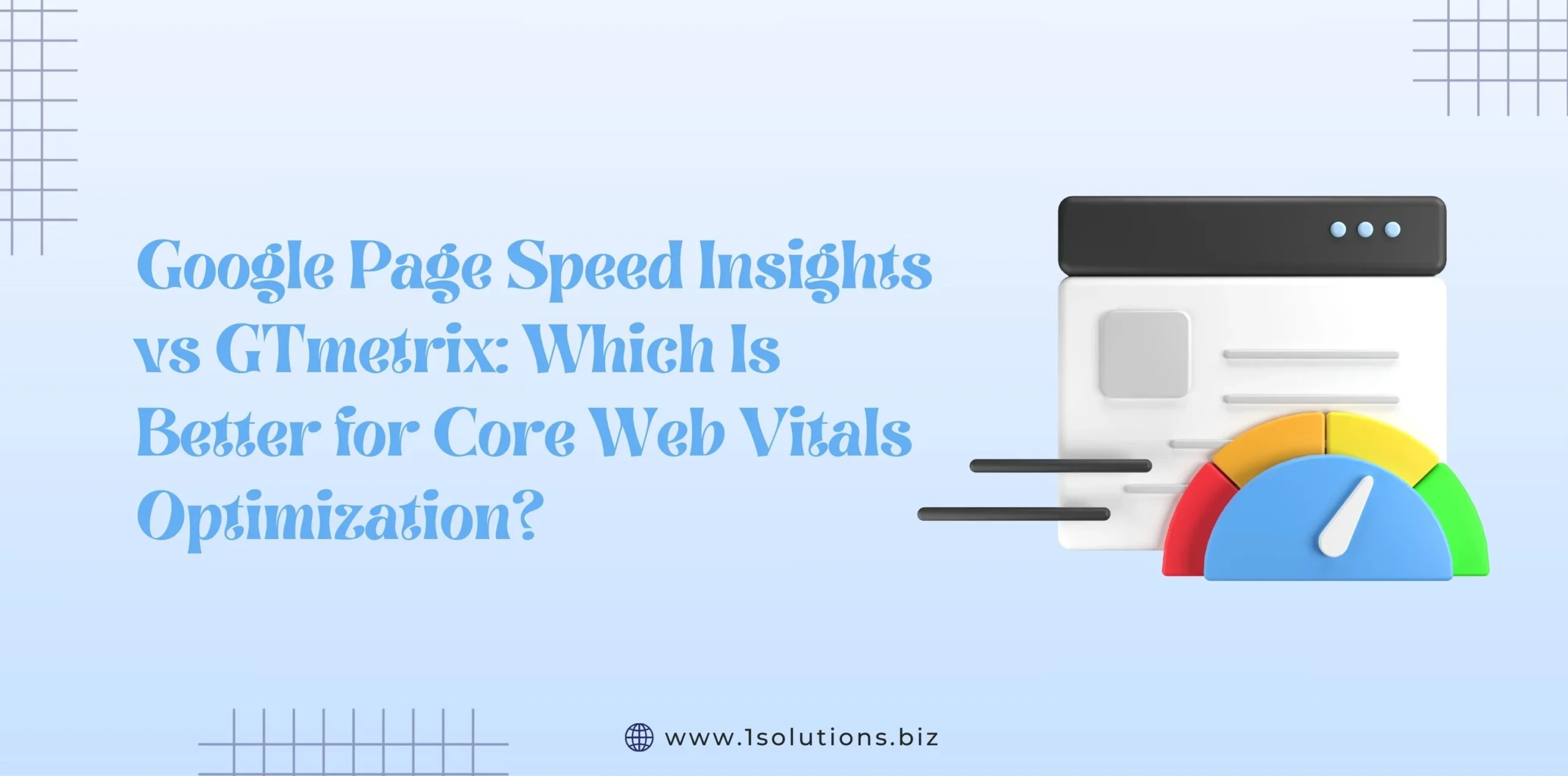
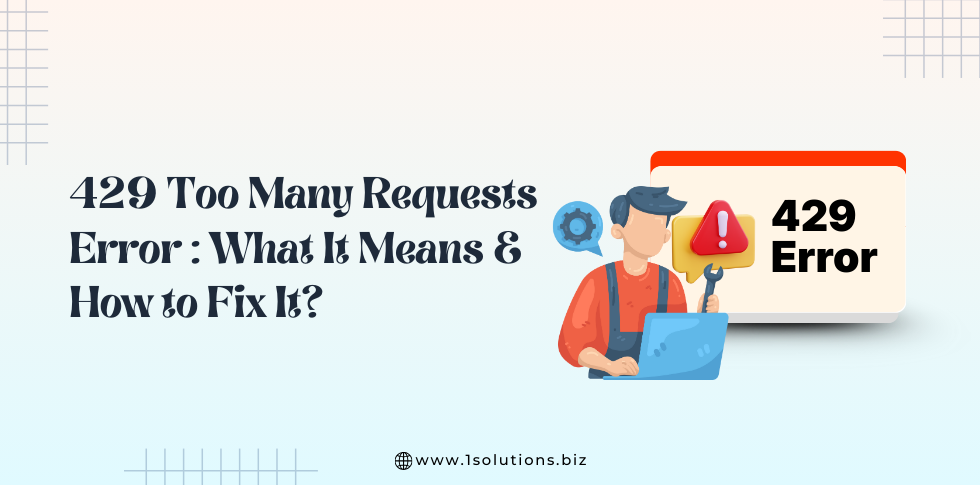
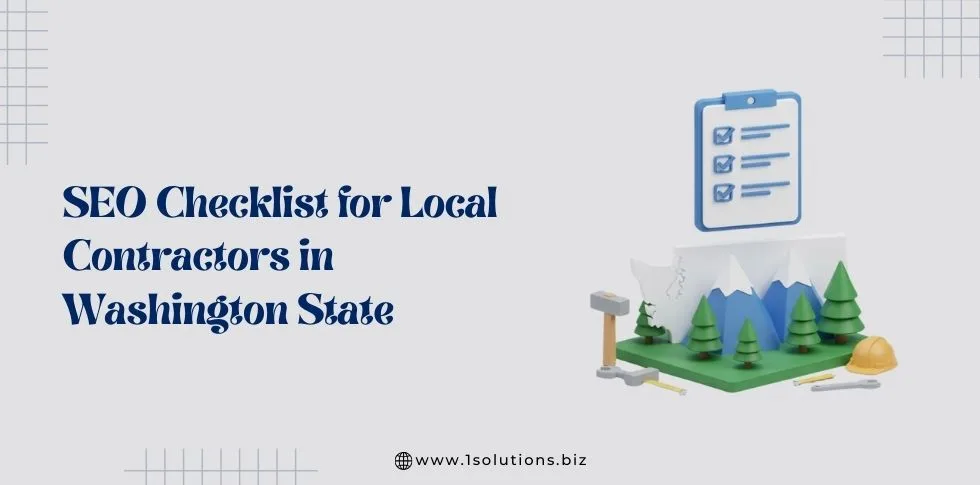
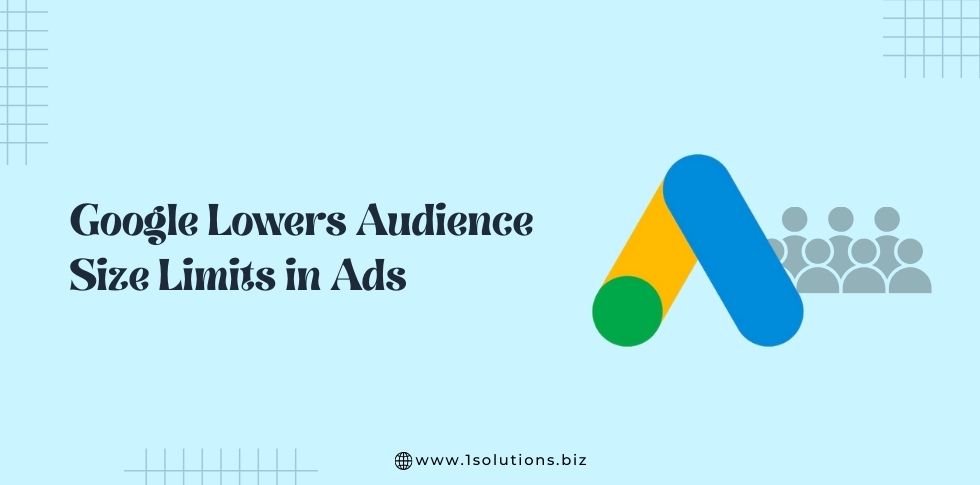


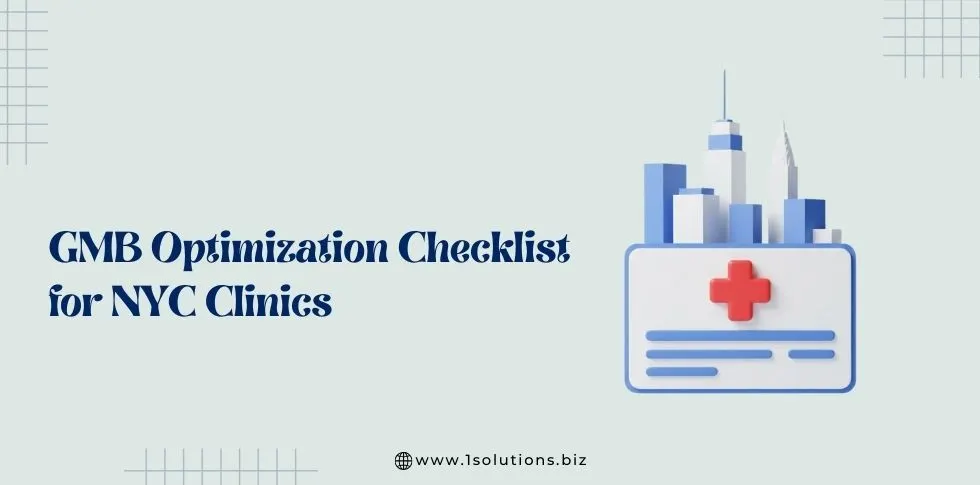

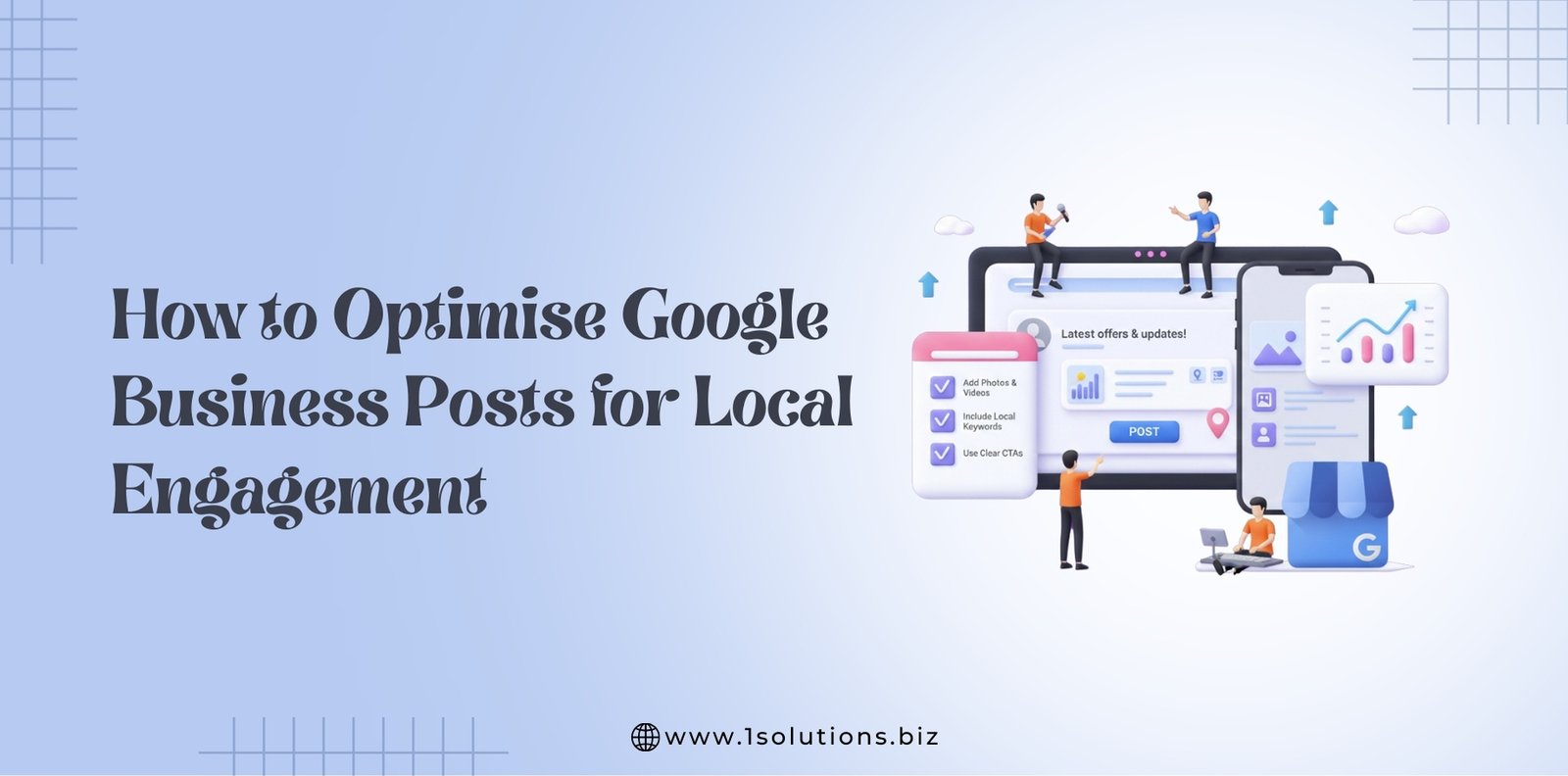




 in India
in India